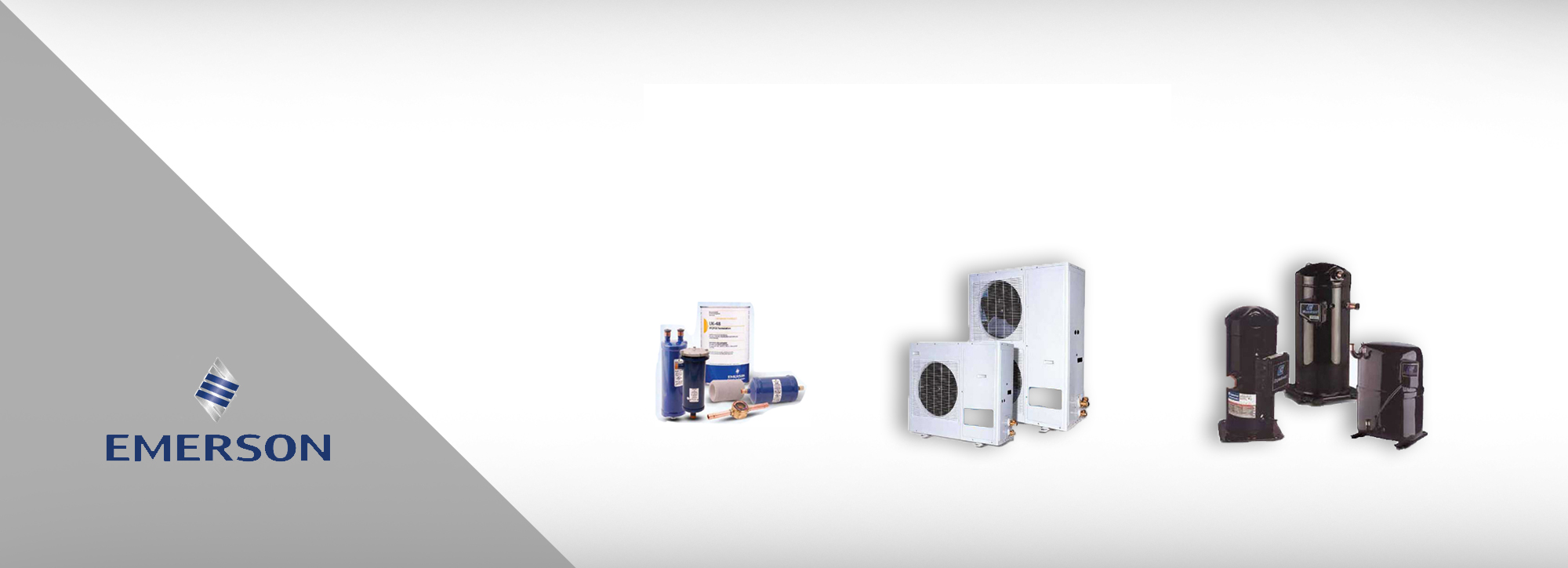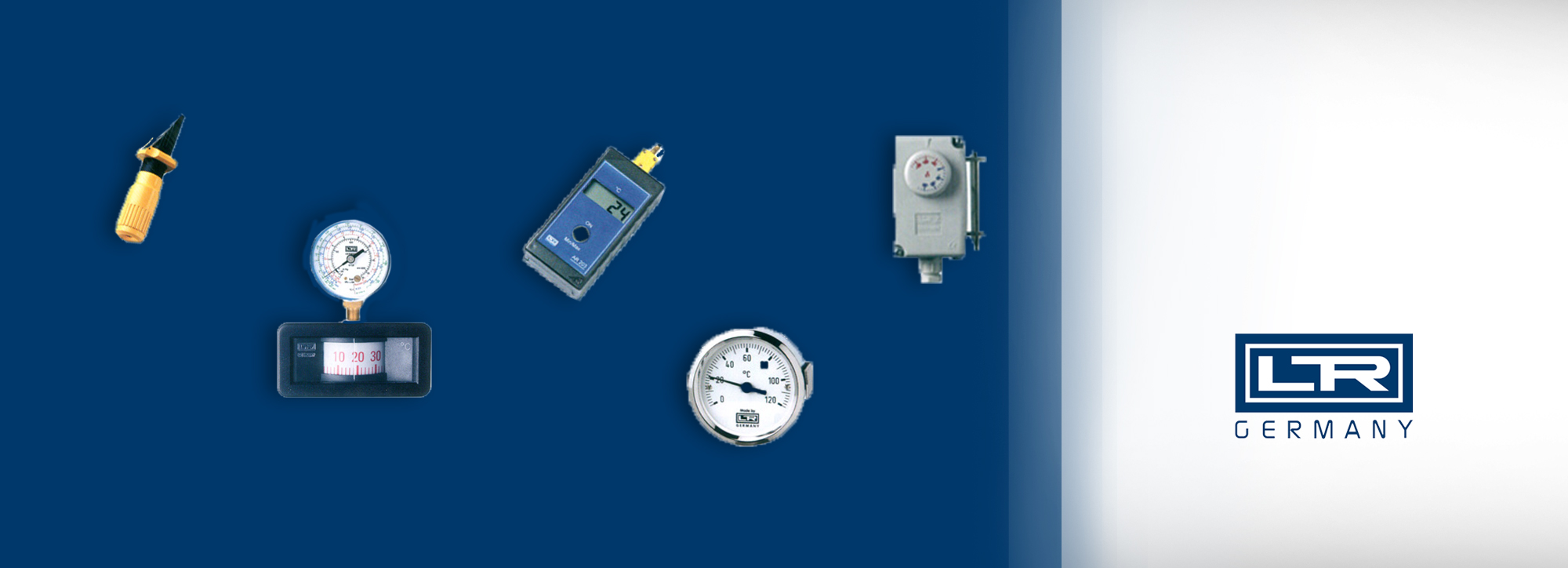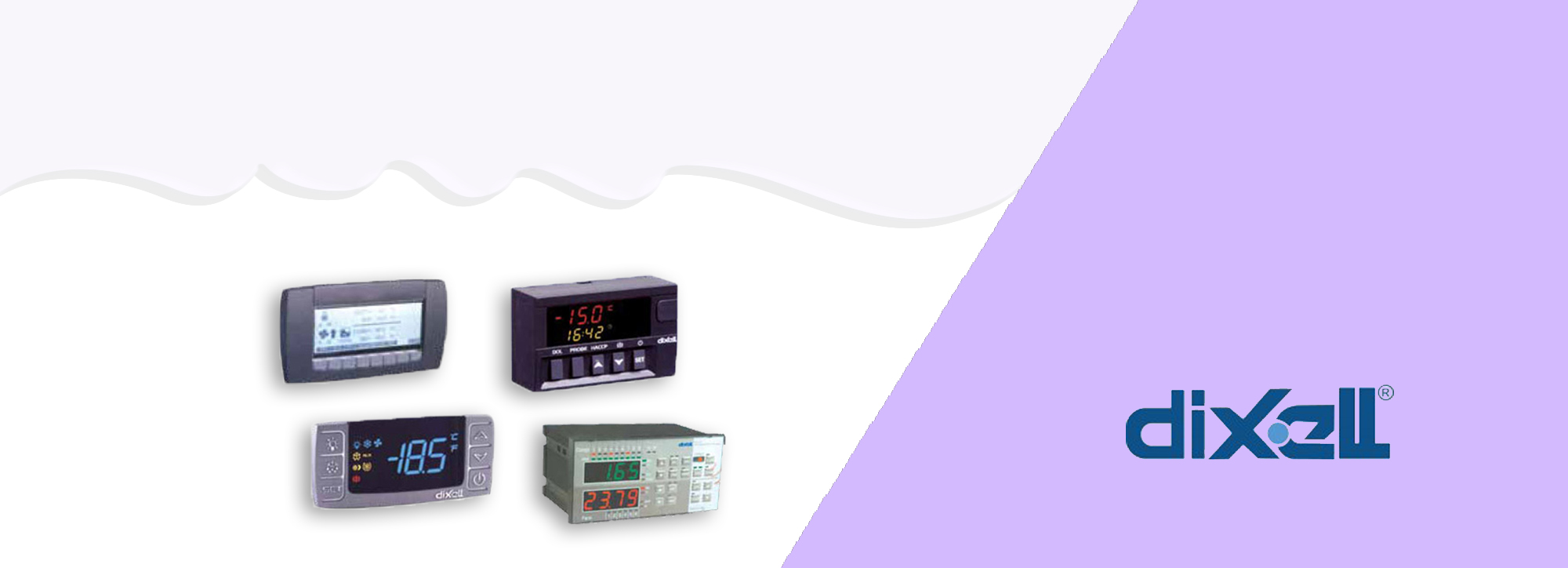
Honeywell Thermostats UAE
“A thermostat is a component which senses the temperature of a physical system and performs actions so that the system's temperature is maintained near a desired level
A thermostat simply measures and controls the temperature within your home (or physical system). After the interior temperature has reached the desired level, the thermostat works to switch off the heating to prevent you from getting overheated.
Within this basic framework, there are a number of features and options:.
- Some thermostats are wireless and battery-operated
- Others connect with wires to the boiler itself.
- Programmable thermostats use a set schedule to run the heating at certain times of the day.
- Smart thermostats learn and adapt to your routine
What Are Some Different Types of Actuators
Thermostats are devices whose principal function is to control the operation of HVAC systems, turning on heating or cooling as required. New technologies have had an enormous impact on thermostat design.
Modern programmable thermostats provide the basic function of maintaining comfortable indoor temperatures, but they include other valuable features as well. First, they can be programmed to automatically raise or lower the temperature of your facility according to schedules that you define. The most sophisticated thermostats will control humidity, outdoor air ventilation, and inform you when the air-conditioning filters need to change. Some modern thermostats can also include a communications link and demand management features that can be used to reduce air conditioning system energy use during periods of peak electrical demand or high electricity costs.
Boilers and heating systems use thermostats to prevent overheating and to control the temperature of the circulating water. Thermostats are fitted to hot-water cylinders, boilers, and radiators in rooms. Thermostat location should be coordinated with light switches, dimmers, and other visible control devices. They are typically placed 48 to 60 inches above the floor and away from exterior walls and heat sources.
Install a smart thermostat
You can save thousands on your annual AC bill by automatically raising the temperature when you're at work or away from home, while Honeywell also has some smart thermostats available in the UAE.
“As a tenant you need to get permission from a landlord to do any upgrades but, as a landlord, it can only benefit you and your tenants to install smart home technology and improve energy savings, “Installation costs can recover quickly.”
Or a programmable thermostat
Even a non-smart programmable thermostat can cut energy consumption by 20-30 per cent, according to the NRDC. If you have window units, you could even look at adding an appliance timer.
What exactly is a 'smart thermostat'?
1. It's automatic
A smart thermostat is a device that automatically adjusts the temperature in your business, according to your needs.
With a pneumatic actuator, significant forces can produce using slight pressure changes. Typically, the forces involve valves used to move diaphragms whereby the flow of liquid through the valve is affected.
The idea is to run the heating or air
conditioning only when you need it, and to turn them up or down when you're
out of the office or closed.
This kind of variable pattern is called a setback'-and it saves you money..
Some smart Thermostat, can learn your team's daily schedule and adjust the
temperature in your business automatically based on those habits. They work
out a schedule that shifts to energy saving temperatures when you're closed
or away.
Others, like the ecobee4, use occupancy sensing technology to ''watch' for
your team's motion (or lack of it) in a room. If there's no movement for a
while, they assume you're out of the office and ''set back' your HVAC system
accordingly. This can be really helpful with multi-zone heating systems and
rooms you might not use all the time, like a conference room or spare office
for visiting staff.
Automating energy saving setbacks is what smart thermostats are all
about'-taking human error (and forgetfulness) out of the control equation.
2. It's controllable
With a Wi-Fi enabled smart thermostat, you can control the temperature of
your business remotely from your internet-connected mobile device or
computer.
So you can save energy by turning down the heat or air conditioning while
you and the team are out, and you can make sure the temperature is just
right by the time you're ready to open in the morning.
You can even connect some smart thermostats to automation systems, so when
you're in the office you can control the temperature effortlessly using
voice commands from a smart speaker, for example.
3. It keeps you informed with graphs, data and reports
Another bonus of a smart thermostat is the regular energy use reports it provides, which you can monitor and manage to maximize your energy savings. You can even share them with your team to help encourage behavioral changes that could lead to additional savings. You may also get email alerts when your business' temperature falls or rises outside of the ideal range you've set. If your thermostat disconnect from its network-because of a power outage, for example-you can notify of that, too. Bottom line Installing a smart thermostat could bring big savings for your business—and for the planet.
What is a programmable thermostat? What is a programmable thermostat?
"A programmable thermostat is a thermostat which is designed to adjust the temperature according to a series of programmed settings that take effect at different times of the day.” Between installation and the device itself, the cost of a smart thermostat can carry a significant premium over a traditional model. But keep in mind that it can actually save you money on heating and cooling costs over time, not to mention the flexibility it provides when you're both in and out of the house.





